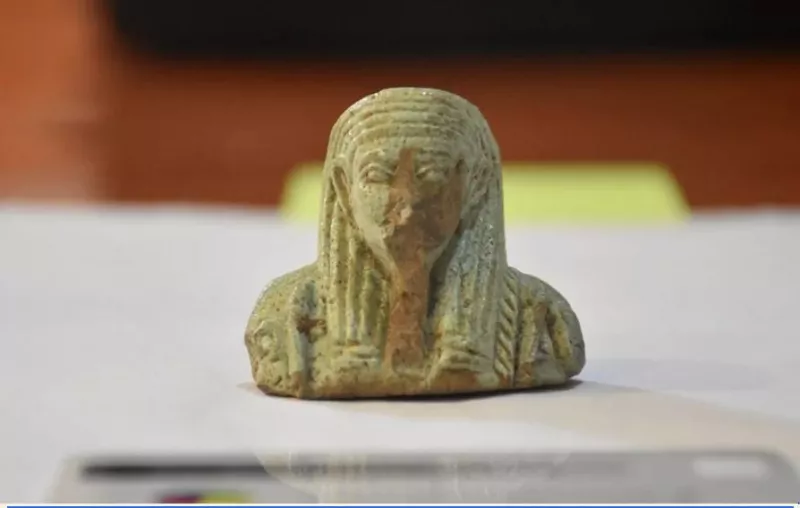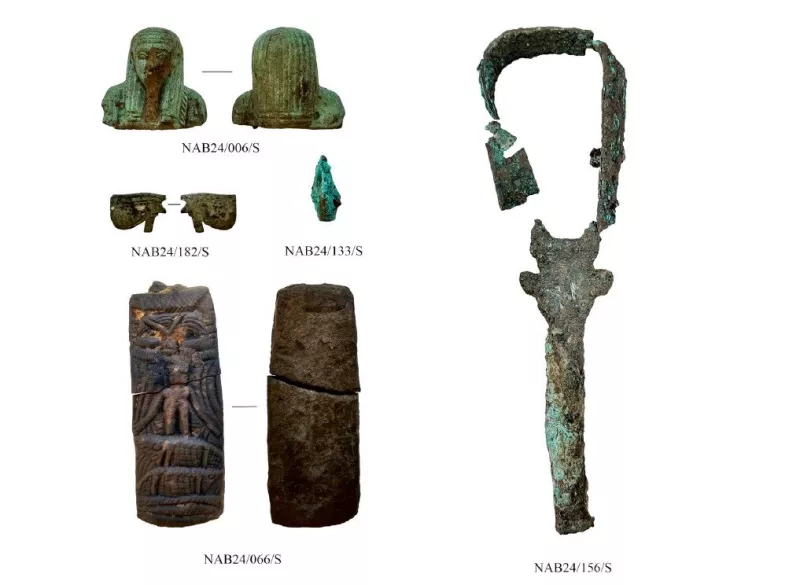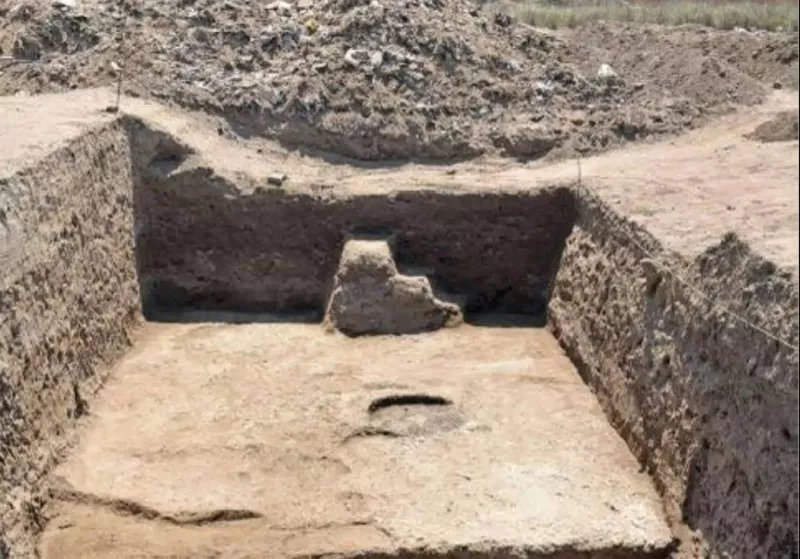One of the most important archaeological discoveries of recent years in Egypt have recently been carried out by British and Egyptian archaeologists, who brought to light a lost ancient city.
Using high -resolution satellite images, along with excavations in the area, the modern “Indiana Jones” of the University of Manchester and the University of Sadat City in Egypt, discovered in the Nile Delta, buried under the desert of the Tell Nabasha Archaeological Site. Selfa city that flourished in the 4th century BC.
Excavations brought to light impressive findings such as high -rise buildings, roads, silo for cereals, statues of deities and everyday objects.
According to Dr. Nicky Nielsen of the University of Manchester, Imet was a thriving urban center during the new kingdom and late period, with complex infrastructure and a vibrant local economy.
Of the most exciting findings was a saucepan which, after 2,500 years, was found still in its placeon a stove, with still food residues. Next to the pan there were dishes believed to be used to ferment bread in the sun.
“When you retrieve this from the ground and you are the first to touch it after 2,500 years, it is really exciting,” said Dr. Nielsen.
According to archaeologymag.com with archaeologists discovered a road leading to a large ritual building (temple) Dedicated to Wadjet, the protector of the city in the form of cobra and a sacred symbol in Lower Egypt.
Central File Photo
Source :Skai
I am Terrance Carlson, author at News Bulletin 247. I mostly cover technology news and I have been working in this field for a long time. I have a lot of experience and I am highly knowledgeable in this area. I am a very reliable source of information and I always make sure to provide accurate news to my readers.













